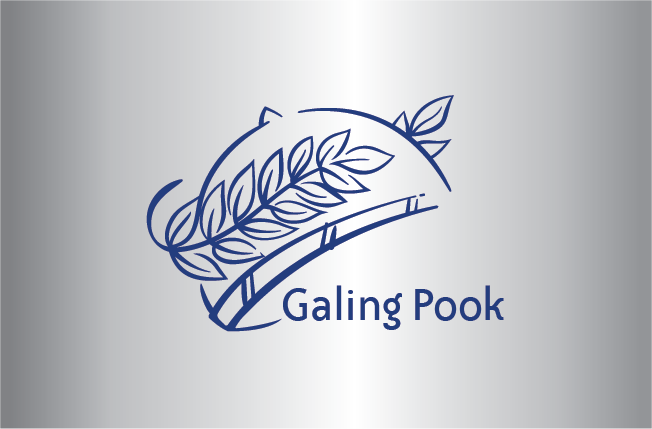
Integrated Management and Sustainable Environmental Approach to Coastal and Underwater Resources (I’M SEACURe)
Tagum City, Davao del Norte
2021
I’M SEACURe was implemented in order to address climate and human-induced threats that adversely affect Tagum City’s coastal and marine resources, as well as conserve marine wildlife and resources. The program aims to rehabilitate and restore the coral reef areas and mangrove habitat as well as expand and enhance the management of Marine Protected Areas of the city. Furthermore, the program also sought to increase and evaluate the awareness of the coastal communities as responsible stakeholders on sustainable utilization of coastal and marine resources; capacitate and empower the fisherfolks in ecosystem based mitigation and environmental law enforcement; and improve and strengthen the monitoring of fishing activities and fishery law enforcement of the city.
The program successfully implemented activities and projects that contribute to ensuring an inclusive conservation approach with high regard to potential economic returns that benefitted local fisherfolks. In the last three years, aside from protecting and sustainably managing Tagum City’s coastal and marine resources, I’M SEACURe’s conservation efforts translated to 100% increase in fishery capture, directly and indirectly benefiting at least 4,800 households in the five coastal barangays covered by the program. The improved condition of lives of fisherfolks is proof and indication that conservation has its return of investment through a more abundant fishery and coastal resources as source of livelihood for coastal communities.
Since the city’s first fish sanctuary was established, the City Environment and Natural Resources Office (CENRO) became one of the frontline offices that took charge in coastal and marine resource management. It resulted in the implementation of the Enhancement of Artificial Coral Reef Project which improved the conservation of the coral reef area and maintained the current fish biomass. At least 3,664 artificial reefs were installed, covering approximately three hectares of the marine protected area. A total of 171 colonies with at least 14 genus of corals were identified in various types of artificial coral reef that were installed. These coral recruits start new coral communities that lead to the expansion of coral cover and provide fish and other marine wildlife a larger area for spawn and growth as the natural reef does.
The Liboganon River and other major waterways also underwent desiltation to reduce the silt that commonly ends up in the coastal waters of Tagum City. The silt is one of the major causes of a damaged reef.
The program also helped in the restoration of mangrove habitat. Approximately 217,000 hills of mangroves were planted along the Tagum-Liboganon River and other wetland areas to conserve water bodies and prevent coastal erosion that can harm the reef. The mangroves will serve as frontline protection of the coastal areas against storm surges.
Because of the program, the condition of marine biodiversity in the reef improved. In the reef fish assessment conducted in 2016, the total fish biomass of the reef is 34MT/square kilometer which is considered high.
The fishery capture of Tagum City also increased by 100% from 300 MT in 2017 to 600 MT in 2018. The increase can be attributed to the protection of the coral reef in the marine protected areas because it provided home to fishes which allowed them to spawn and re-populate. This resulted in an increase in both catch and income.
The innovations implemented in the program, especially the artificial coral reef (ACR) fabrication and installation were redesigned and reprogrammed as adaptable to the type of marine environment and climate resilient to ensure positive impacts of the project. The ACR of Tagum City is designed to be climate-resilient considering that the city is prone to heavy siltation.
Due to its achievement, I’M SEACURe was recognized as the Regional and National Awardee in the Civil Service PAG-ASA Awards held last September 10, 2019 during the Civil Service Commission Honors Awards Program at Malacañan Palace.


